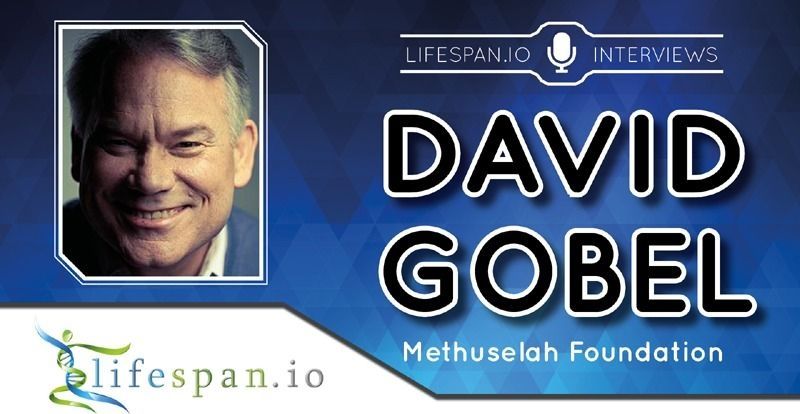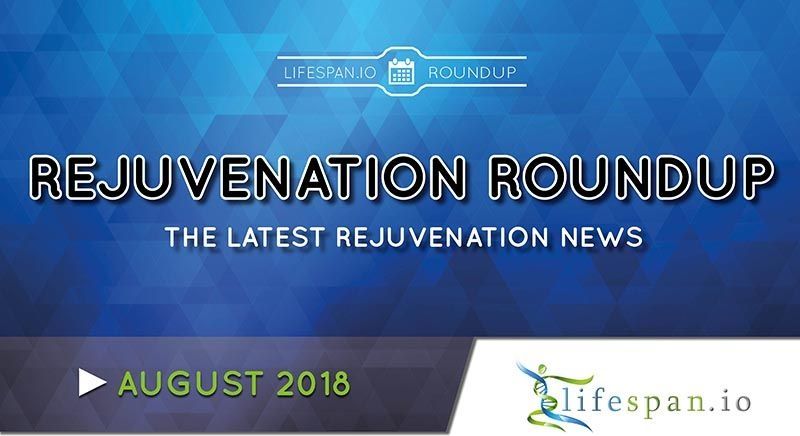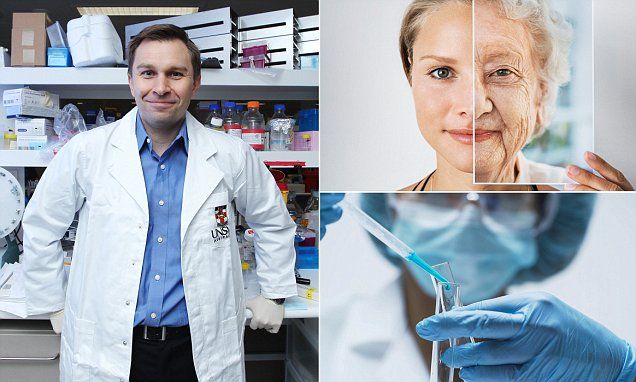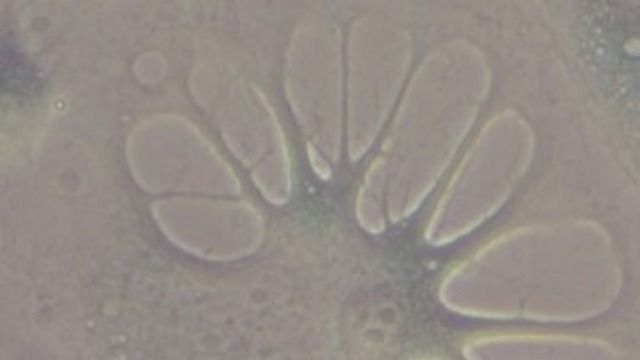Los Angeles County officials launched a program Wednesday to help locate people with autism, Alzheimer’s disease or dementia who may wander off and go missing.
The program, called L.A. Found, will make use of bracelets that can be tracked through radio frequency by sheriff’s deputies. It will also create a new office, housed within the department of Workforce Development, Aging and Community Services, to coordinate a countywide response when somebody goes missing.
“If you get lost, we will help find you,” county Supervisor Janice Hahn, who championed the initiative, said at a news conference.









